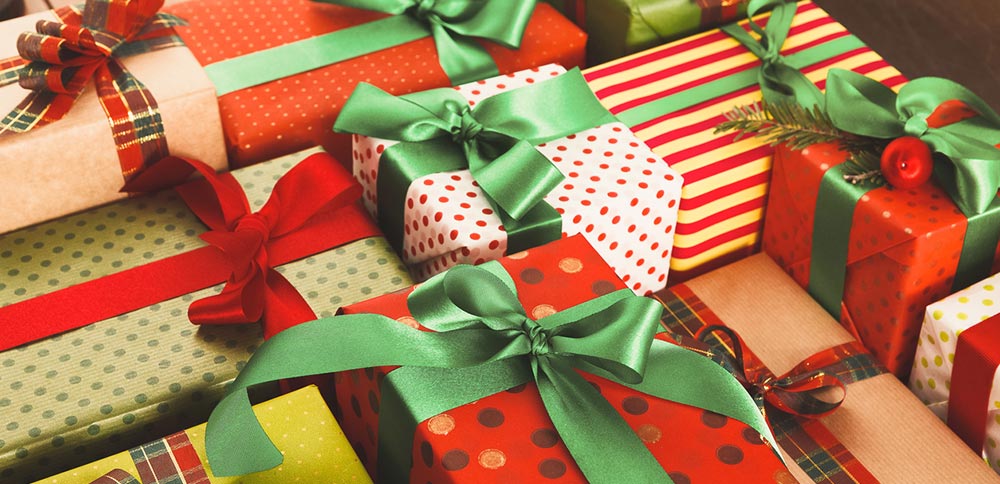It’s that time of year again. The days are growing shorter, the temperature is dropping and the smell of the holiday season is in the air. It’s the most wonderful time of the year! Christmas for adults should be fun, too—and it doesn’t have to stop when you leave the house.
If you’re looking to get into the spirit of things this year, check out these great events going on around town. Not only will you have a blast with your friends, but you’ll also make memories that will last for years to come.
Why Bars Are Having Christmas Parties
We all know what bars are like during the holidays. They’re packed from morning until night, and everyone’s dressed their best. There are tons of people walking around socializing with strangers or dancing the night away with an old friend. If you’re looking to find sex near me, of course, a bar is often your first port-of-call. But why exactly would a bar or online fuck book want to throw some kind of Christmas party?
Well, if you’ve ever been to one of these parties before, you already know how much fun they can be. You’ll probably end up meeting new people, drinking more than you planned (or sober) and maybe even having a little bit of fun. Some bars may even offer free shots or discounts on drinks throughout the event.
Many people at Christmas events are looking to hook up at these events, so if you’re feeling lonely like many others, then a Christmas party might just be the ticket to finally getting laid this winter.
What To Expect At A Bar Party
Bars love throwing these kinds of events because they usually bring in a lot of people who aren’t necessarily regulars. These gatherings are often advertised heavily online or through word-of-mouth, which means people will show up without really knowing what to expect.
This makes them perfect for people looking to meet new people and have a good time. What better way to do it than by enjoying some festive food and drinks with your friends? It’s also a great opportunity to get out of the house and mingle with strangers. Just don’t forget to use some common sense, especially if you’re planning on taking someone home with you later on.
Some of the best things about attending a bar party are the decorations, music and food. You’ll see plenty of holiday cheer in the form of lights, garland, mistletoe, and of course, Santa Claus himself. People often dress up for these kinds of events, so there’s no need to worry about being underdressed. All in all, it’s a fantastic atmosphere to get a little tipsy and make connections.
What To Wear To A Bar Event
Of course, the dress code varies depending on the venue, but generally speaking, you can go pretty casual to a bar party. In fact, dressing up isn’t always necessary. Most people will be wearing holiday costumes or Christmas sweaters, so you won’t stand out as much as you think. That said, it never hurts to look nice, so try not to wear anything too revealing or dirty.
You can still get dressed up, though. I’m talking about something like a cute Christmas sweater or a chic cocktail dress. Just remember that you shouldn’t overdo it—you want to blend in, not stick out.
In addition to fashion, you should also pay attention to your grooming habits. Make sure you’re wearing clean clothes and groomed hair, especially if you plan on hitting the dance floor later.
Conclusion
A Christmas bar party is the perfect opportunity to relax and let loose. You’ll be surrounded by plenty of people who share the same interests and a similar mindset, making it easy to find someone to hit it off with.
However, if you’re looking to get lucky, then you should keep in mind that not everyone will be looking for the same thing. Keep a clear head, stay safe and have fun!




